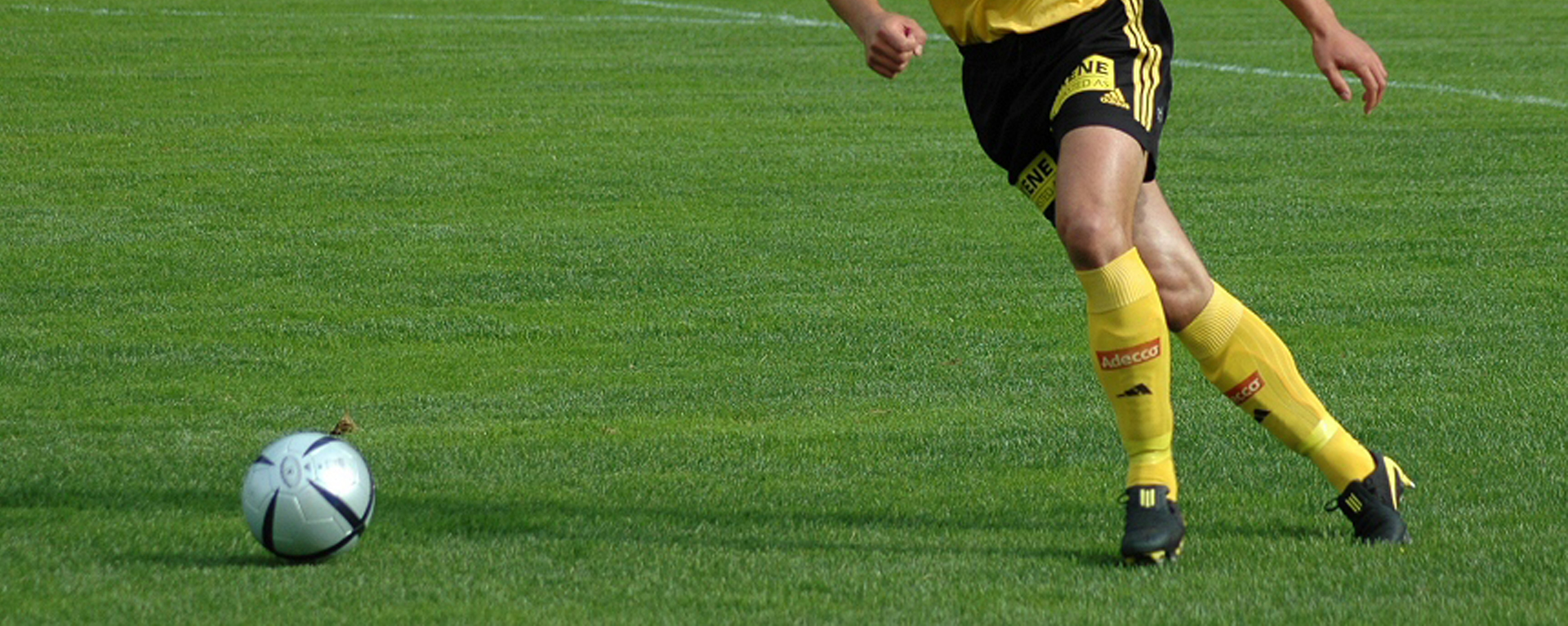With Name, Image, and Likeness (NIL) deals, student-athletes now have the opportunity to earn money while still in school. However, managing this income responsibly is crucial. Without proper planning, NIL earnings can be spent quickly, leaving little for important future expenses like education, retirement, or post-sports career opportunities.
As a parent, you can help your athlete strike a healthy balance between spending and saving to ensure they make the most of their NIL earnings. Here’s how to guide them in managing money wisely, so they can enjoy their income while securing their financial future.
1. Start with Financial Education
Many young athletes have never managed significant income before, making financial literacy a top priority. Educating your child on money management basics will give them the confidence to make smart financial decisions.
Key Financial Concepts to Teach Your Athlete:
💰 Budgeting – Understanding how to track and allocate NIL earnings.
🏦 Saving & Investing – Learning how to grow money for future security.
💳 Smart Spending – Distinguishing between wants and needs to prevent wasteful purchases.
💸 Taxes – Understanding that NIL earnings are taxable, and a portion must be set aside.
💡 Tip: Use resources like Financial Literacy for Student-Athletes and Financial Literacy for NIL to boost their financial knowledge.
2. Teach the 50/30/20 Rule for NIL Income
A simple yet effective budgeting method for NIL earnings is the 50/30/20 rule. This guideline helps athletes balance spending, saving, and investing.
NIL Budget Breakdown:
🔹 50% Needs – Taxes, savings, rent, food, insurance, transportation.
🔹 30% Wants – Entertainment, travel, dining out, shopping.
🔹 20% Future Investments – Retirement accounts, investments, business ventures.
💡 Tip: Adjust the percentages based on your child’s financial goals, but always prioritize saving and taxes before discretionary spending.
3. Help Them Set Short-Term and Long-Term Financial Goals
Encouraging your child to set clear financial goals will help them manage their NIL income effectively. Break their goals into short-term, mid-term, and long-term objectives so they can see the bigger picture.
Examples of Financial Goals:
✅ Short-Term (0-1 year):
- Cover daily living expenses (rent, groceries, gas).
- Set up an emergency fund (3-6 months of expenses).
- Buy necessary athletic gear or branding materials.
✅ Mid-Term (1-5 years):
- Pay for college tuition or future education.
- Invest in personal branding (social media, website, marketing).
- Save for a major purchase like a car or first home.
✅ Long-Term (5+ years):
- Invest in stocks, real estate, or a retirement account (Roth IRA).
- Start a business or expand NIL-related income sources.
- Plan for financial security after their athletic career.
💡 Tip: Have your child write down their goals and check in regularly to track progress.
4. Open the Right Bank Accounts
Helping your child set up the right banking structure can make managing NIL income much easier.
Recommended Accounts:
🏦 Checking Account – For everyday expenses and NIL deposits.
💰 High-Yield Savings Account – For emergency funds and short-term savings.
📈 Investment Accounts (Roth IRA, Brokerage Account) – To grow NIL earnings for the future.
💸 Tax Savings Account – To set aside a portion of earnings for taxes.
💡 Tip: Look for student-friendly banking options with low fees and good interest rates to maximize their savings.
5. Prioritize Taxes to Avoid Future Issues
One of the biggest mistakes young athletes make is forgetting about taxes. Since NIL earnings are self-employment income, taxes are NOT automatically withheld, meaning athletes must set aside money and pay quarterly estimated taxes.
How to Handle NIL Taxes:
✔ Set Aside 25-30% for Taxes – Store tax money in a separate account.
✔ Make Quarterly Payments – The IRS requires self-employed individuals to pay taxes every three months to avoid penalties.
✔ Track All Income & Expenses – Keep records of 1099 forms, contracts, and receipts for tax deductions.
💡 Tip: Work with a CPA or tax professional to ensure tax compliance and maximize deductions.
6. Teach Smart Spending Habits
While NIL income provides financial freedom, reckless spending can drain earnings fast. Teaching smart spending habits will help your child make the most of their money.
How to Encourage Smart Spending:
🛑 Avoid Lifestyle Inflation – Just because they earn more doesn’t mean they need to spend more.
📊 Track Expenses – Use budgeting apps like Mint, YNAB, or EveryDollar to monitor spending.
💡 Ask “Is This a Need or a Want?” – Before big purchases, encourage them to think critically.
⏳ Use the 24-Hour Rule – For non-essential purchases, wait 24 hours before buying to avoid impulse spending.
💡 Tip: Encourage your child to create a monthly spending cap for fun money while ensuring savings remain the priority.
7. Encourage Long-Term Investments
NIL income is an incredible opportunity to build wealth early, and investing wisely can ensure financial security beyond their athletic career.
Smart Investment Strategies for Student-Athletes:
📈 Roth IRA – A tax-advantaged retirement account that allows tax-free growth.
📊 Stock Market – Investing in index funds or ETFs to build long-term wealth.
🏡 Real Estate – Buying property for passive income and future security.
🚀 Business Ventures – Using NIL earnings to launch a business or build a personal brand.
💡 Tip: Introduce your child to a financial advisor to help them develop an investment plan tailored to their goals.
8. Teach the Importance of Giving Back
A well-rounded financial strategy includes giving back to the community, teammates, or causes that matter to your child.
Ways to Give Back:
🤝 Charitable Donations – Supporting local organizations or charities.
🎓 Scholarship Funds – Setting aside NIL earnings to help future student-athletes.
🏫 Mentorship Programs – Investing in the next generation through coaching or educational initiatives.
💡 Tip: Encourage your child to donate a small percentage of earnings to causes that align with their values.
9. Set Up Monthly Financial Check-Ins
Helping your child develop financial discipline requires ongoing guidance. Regular financial check-ins can help them stay accountable and make informed decisions.
What to Review in a Monthly Check-In:
📌 Spending vs. Budget Goals – Are they sticking to their plan?
📌 Savings & Investment Growth – Are they meeting their targets?
📌 Upcoming Expenses – Do they need to adjust their budget?
📌 Tax Payments – Are they setting aside enough for taxes?
💡 Tip: Treat check-ins as learning opportunities, not lectures. Encourage independence while providing guidance.
Final Thoughts: Helping Your Athlete Build a Smart NIL Budget
Balancing spending and saving with NIL income is key to long-term financial success. By teaching budgeting, saving, investing, and responsible spending, you can help your child make the most of NIL opportunities while securing their financial future.
As a parent, your role is to guide, support, and educate, ensuring that they develop habits that last beyond their athletic career.
If you have questions about NIL financial planning, budgeting, or tax management, reach out to in**@**********************es.com. We’re here to help!




